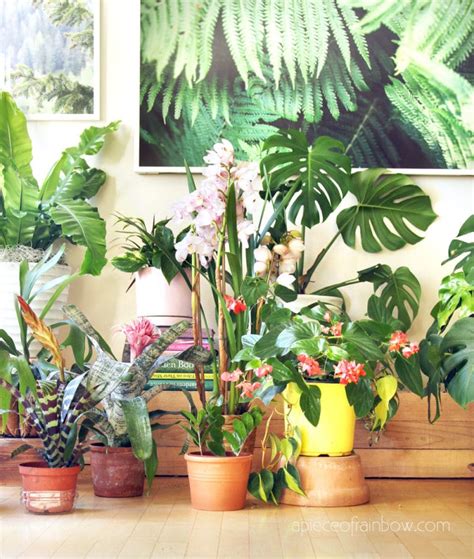Stunning Foliage: Effortless Care Tips for Vibrant Indoor Plants
Bring the beauty of nature indoors with vibrant, leafy houseplants! But maintaining lush foliage doesn't have to be a chore. This guide provides effortless care tips to keep your indoor plants thriving, even if you're not a green thumb. We'll cover everything from choosing the right plants to mastering watering techniques, ensuring your home is filled with stunning greenery year-round.
What are the best low-maintenance houseplants with stunning foliage?
Many houseplants offer beautiful foliage with minimal upkeep. Popular choices include:
-
Snake Plants (Sansevieria trifasciata): These nearly indestructible plants tolerate low light and infrequent watering. Their striking, sword-like leaves add a touch of modern elegance to any space.
-
ZZ Plants (Zamioculcas zamiifolia): Known for their drought tolerance, ZZ plants thrive on neglect. Their dark green, glossy leaves provide a sophisticated look.
-
Cast Iron Plants (Aspidistra elatior): Living up to their name, cast iron plants withstand low light, infrequent watering, and temperature fluctuations. Their rich green leaves offer a classic, timeless appeal.
-
Pothos (Epipremnum aureum): These vining plants are incredibly adaptable and easy to propagate. Their heart-shaped leaves, often variegated in yellow or white, can trail beautifully from hanging baskets or climb trellises.
-
Spider Plants (Chlorophytum comosum): These prolific plants produce "spiderettes," or baby plants, that dangle from the mother plant, adding to their charm. They're tolerant of a wide range of conditions.
How often should I water my foliage plants?
Overwatering is a common mistake that can lead to root rot and plant death. Instead of following a strict schedule, check the soil moisture before watering. Insert your finger about an inch into the soil; if it feels dry, it's time to water. Water thoroughly until water drains from the drainage holes, then discard any excess water in the saucer. Allow the soil to dry slightly between waterings. The frequency will depend on factors like pot size, plant type, and ambient temperature and humidity.
What kind of light do foliage plants need?
Most foliage plants prefer bright, indirect light. Avoid placing them in direct sunlight, which can scorch their leaves. Observe your plants; if the leaves are pale or leggy, they might need more light. If the leaves are browning or crisping, they might be getting too much sun. East- or west-facing windows often provide ideal light conditions.
How can I keep my foliage plants from getting dusty?
Dust can accumulate on leaves, hindering photosynthesis. Regularly wipe the leaves with a damp cloth or give them a gentle shower in the sink (avoiding getting the soil too wet). This will keep your plants looking their best and help them breathe better.
What are the signs of an unhealthy foliage plant?
Pay attention to these warning signs:
-
Yellowing leaves: Could indicate overwatering, underwatering, nutrient deficiency, or disease.
-
Brown leaf tips: Often a sign of underwatering, low humidity, or salt buildup from fertilizers.
-
Drooping leaves: May be due to underwatering, overwatering, or insufficient light.
-
Pest infestation: Check regularly for pests like spider mites, mealybugs, or aphids. Treat infestations promptly with appropriate insecticides or neem oil.
What is the best fertilizer for foliage plants?
Use a balanced liquid fertilizer diluted to half strength during the growing season (spring and summer). Follow the instructions on the fertilizer label carefully. Avoid over-fertilizing, as this can damage the roots.
How can I propagate my foliage plants?
Many foliage plants are easily propagated from cuttings or offsets (baby plants). This allows you to expand your collection effortlessly. Research the specific propagation method for your chosen plant. Pothos, spider plants, and snake plants are particularly easy to propagate.
By following these simple yet effective care tips, you can create a stunning indoor oasis filled with vibrant, healthy foliage plants, enhancing your home's beauty and well-being. Remember that observation and attention to detail are key to success in plant care. Enjoy the rewarding experience of nurturing your leafy companions!

